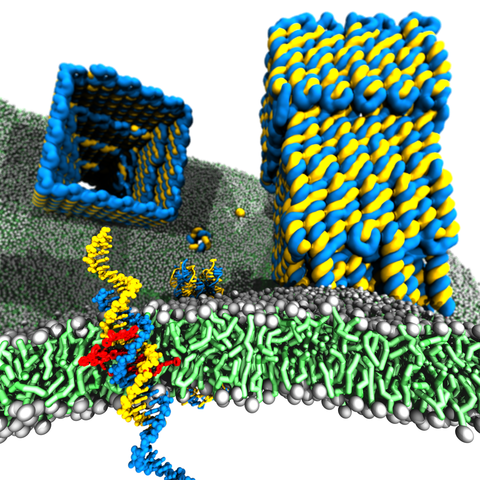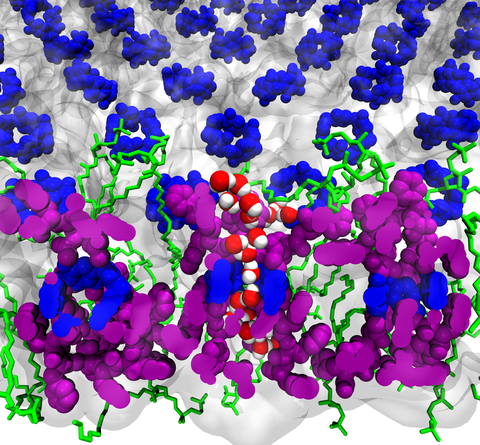Synthetic molecular systems
Miniature machines captivate human imagination. From a flight of a bee to a beating of a flagellum, the ability of tiny creatures to perform seemingly impossible tasks inspire us with awe. While scaling up in size human technology is relatively straightforward, scaling down the systems and mechanisms without loosing functionality, ultimately to the molecular scale, remains a major challenge. The dominance of stochastic forces over gravity and inertia, surface effects over body forces, and granularity of conventional materials render application of macroscopic engineering principles at the nanoscale obsolete. While human efforts to engineer and build nanomachines have so far produced rather modest results, biology provides outstanding examples of what can be accomplished. This research thrust focuses on the development of synthetic analogs to landmark biomolecular machines such as autonomous nanoscale walkers, selective nanochannels gated by external stimuli, and membrane-bound energy conversion systems.

